Saratov barracks were built in the 19th century. pab., the infantry were placed in them. Their regiments were brought from the city of Saratov, which is why the barracks got that name. To this day, several old buildings of the Alytus Chemical Factory have survived the barracks. Before the war, it was a state-owned turpentine and rosin factory. If you go down Miškininkai Street towards Nemunas Street, leading to SB "Versmė", on the way in the forest, after turning along the roads, you will find the foundations of barracks buildings. One may wonder why the once large barracks complex has only its foundations left everywhere today. This happened because the larger part of the barracks complex consisted of typical wooden one-story buildings. The others were two-story, partly made of brick: the central part was made of brick, and the sides were made of wood. Some of these buildings were built with bricks from the company "D.Ch.F.2". This firm was located on the island of Bornholm, which is located in the southwest of the Baltic Sea, and since 1658 still belongs to Denmark. The island itself is famous for its building materials industry to this day. 19th-century help during the production of bricks, the framed name of the company, and the island were imprinted on them. The bricks themselves were of two types: red (inferior quality) and yellow (better quality).
Between the wars, in addition to the aforementioned rosin and turpentine factory, the Higher School of Forestry was located in the buildings of the Saratov barracks. During the Second World War, the French pilots of the Normandy-Nemunas squadron lived in the Saratov barracks. It was in Alytus that this regiment was given the name "Normandija - Nemunas".
GPS: 54.413362, 24.068614 (WSG)
The author of the photo is G. Bernatavičius, vintage photos from the interwar press.



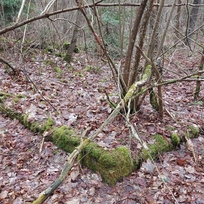
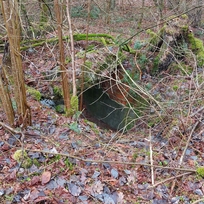

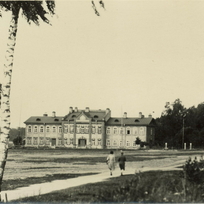
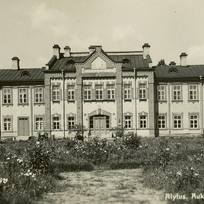
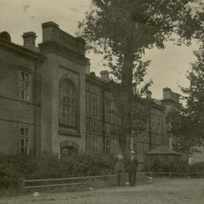
Reviews